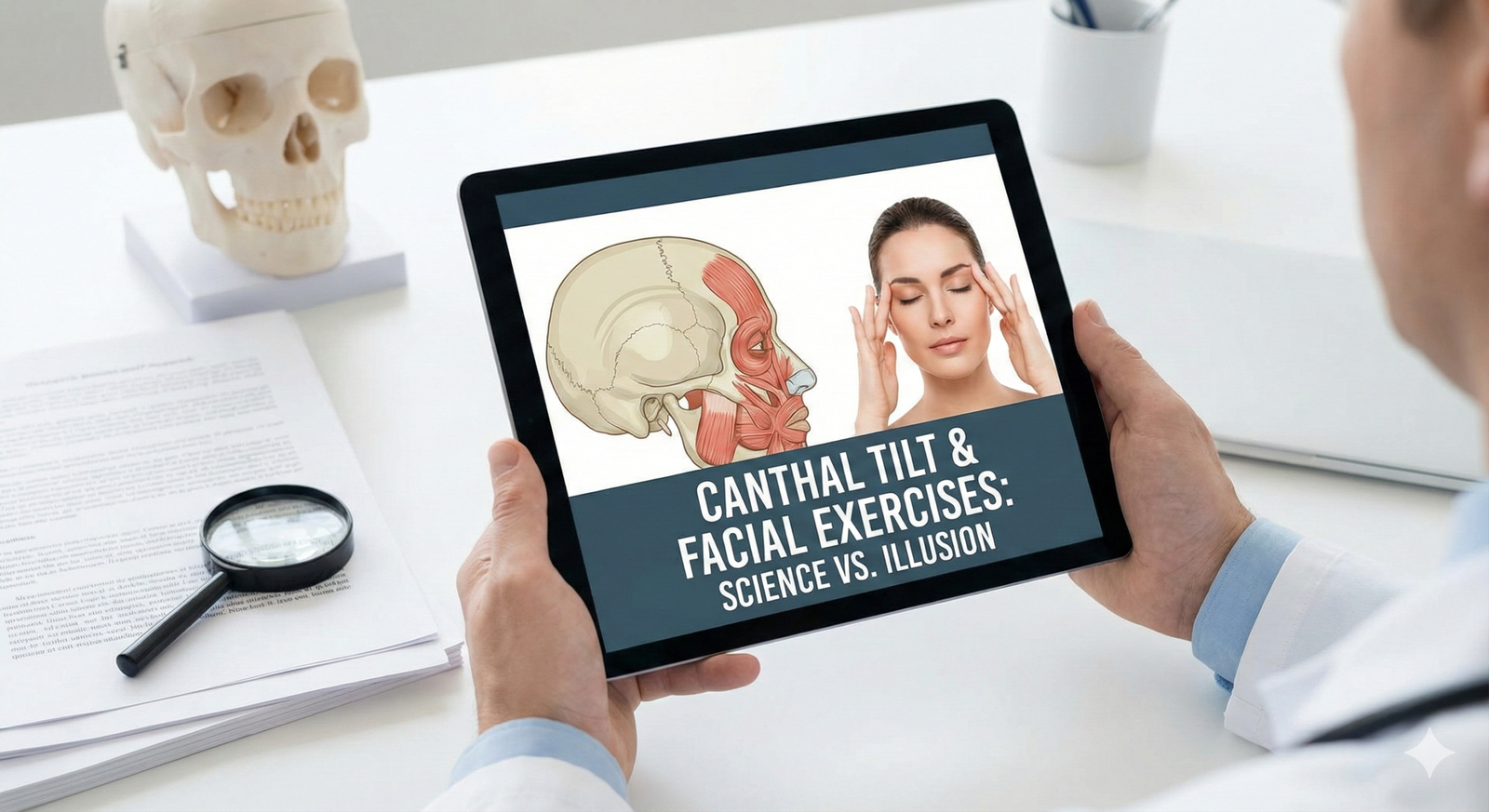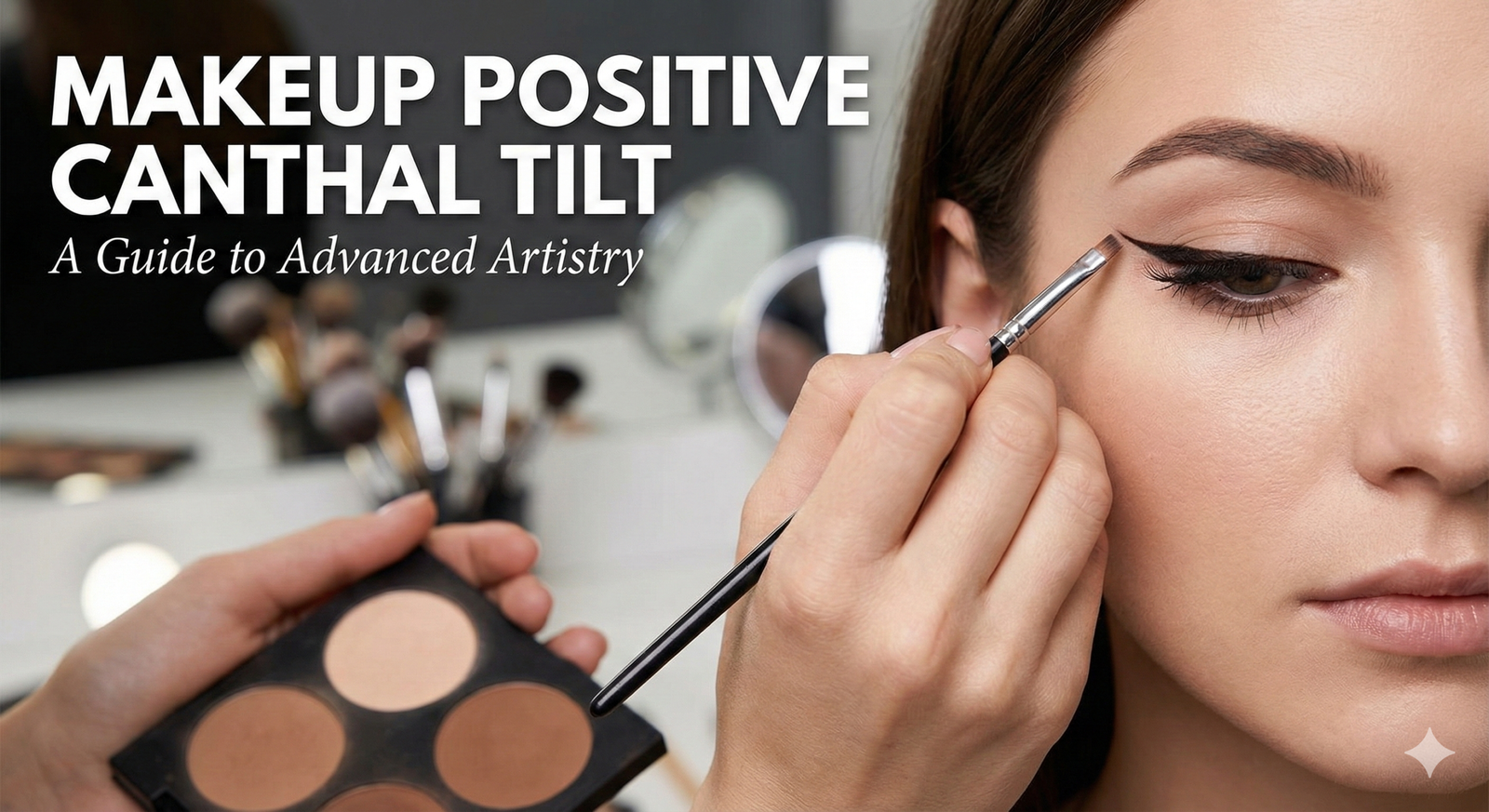Facial angles play a crucial role in influencing perceived attractiveness, as they shape the visual impression one presents to others.
Various principles govern how different angles affect facial aesthetics.
For instance, the way one tilts their head can augment or diminish the visibility of certain features;
tilting the head slightly can create a more appealing posture,
highlighting the cheekbones and jawline while softening the overall appearance.
Different facial shapes may require distinct angles to enhance attractiveness.
For example, individuals with round faces might find that tilting their heads slightly forward and to the side provides a more elongated look.
Conversely, those with elongated faces may benefit from tilting their heads back a bit to create a more balanced portrayal.
It is important to explore and discover which angles best suit one’s unique features.
The movement of facial features also plays an integral part in creating an attractive image.
For example, a slight elevation of the chin can convey confidence, while a gentle smile accompanied by a soft gaze can evoke warmth and approachability.
Therefore, recognizing how to position not only the head but also the elements of the face collectively can maximize attractiveness.
To identify the most flattering angles for a specific face shape, individuals can engage in simple experimentation.
Standing in front of a mirror or using a camera, one can try different head positions, adjust the tilt of the chin, and assess how these changes alter their appearance.
Observing the interplay between lighting and angle is also essential, as varied lighting can enhance or obscure different features.
With practice, individuals can master the art of holding their faces at angles that compliment their unique beauty.

Videos are added as random thoughts 💭 💭 💭
Posture and Its Influence on Face Presentation
The connection between body posture and facial presentation cannot be overstated, as the way one carries themselves plays a crucial role in overall attractiveness.
A proper posture not only enhances the alignment of the spine but also positively influences the way the face is held.
Poor posture, such as slouching or hunching forward, can lead to a misalignment of the neck and shoulders, resulting in an unflattering facial presentation.
This can detract from one’s confidence and appeal.
When the shoulders are rounded and the head is tilted forward, the face may appear less open and welcoming.
This positioning can create shadows that emphasize unattractive features or lead to a more closed-off expression.
Conversely, when one maintains an open and upright posture, the face naturally aligns in a more flattering manner.
Neck alignment, in particular, is vital; when the neck is extended,
it allows for a more engaging facial angle, giving the impression of vitality and confidence.
To enhance one’s posture and, consequently, the way the face is presented, there are several exercises and practices that can be beneficial.
Simple stretching routines aimed at the neck, shoulders, and back can alleviate tension and promote better alignment.
Strengthening core muscles also contributes to a stable and upright posture.
Engaging in mindfulness practices, such as yoga or Pilates, can further enhance body awareness, allowing individuals to adjust their posture intuitively throughout daily activities.
By prioritizing good posture, individuals not only improve their physical health but also elevate their facial attractiveness,
creating a more inviting and confident presence.
Expressions Matter: How to Convey Attractiveness
Facial expressions play a crucial role in conveying attractiveness and establishing interpersonal connections.
The way one holds their face can significantly impact the perceptions of beauty, confidence, and approachability.
For instance, a genuine smile is widely regarded as one of the most attractive expressions, as it communicates warmth and friendliness.
A smile activates the muscles around the eyes, known as the Duchenne marker, which plays a substantial part in making the expression appear authentic and inviting.
Practicing this expression in front of a mirror can help individuals learn how to create a natural smile that can enhance their overall appearance.
Conversely, subtle expressions like a smirk can convey playfulness and charm when used in the right context.
While smiling radiates positivity, a smirk can add an element of intrigue or confidence.
However, it is essential to gauge the appropriateness of such expressions depending on the social environment.
For instance, a smirk might be well-received in casual settings, while a more serious expression may be necessary in formal situations.
Balancing one’s facial expressions is paramount; being overly expressive can sometimes distract from the intended message,
while too neutral a face may lead to misunderstandings about one’s interests or intentions.
In certain contexts, a relaxed neutral expression can convey composure and attentiveness.
Maintaining proper posture while presenting a neutral expression can also enhance one’s attractiveness by signaling self-assuredness.
Individuals can practice transitioning between different expressions to enhance flexibility and adaptiveness in various situations.
Ultimately, cultivating the art of holding one’s face involves striking a balance between authenticity and conscious effort, allowing for an attractive appearance while remaining true to one’s personality.
Grooming Tips for Enhancing Facial Appeal
Achieving an attractive appearance while holding your face involves a combination of effective skincare routines, makeup application techniques, and hairstyling tips.
These elements collectively enhance facial attractiveness and inspire confidence.
Understanding your unique skin type and tone is crucial in selecting the right products that work harmoniously with your features.
Skincare serves as the foundation for any grooming routine.
Establish a consistent regimen that includes cleansing, exfoliating, and moisturizing.
Utilize a cleanser suited to your skin type—whether oily, dry, or combination—to maintain a clear complexion.
Exfoliation, done two to three times a week, removes dead skin cells, promoting a fresh and radiant look.
Finally, apply a moisturizer rich in nutrients, tailored to your skin’s specific needs, to create a soft, supple canvas for makeup.
When it comes to makeup application, the goal is to highlight your best features without overwhelming your natural beauty.
Start with a smooth base using a primer, which helps in creating an even texture.
For coverage, choose a foundation that matches your skin tone, ensuring it blends seamlessly for a natural finish.
Use concealer to pinpoint any blemishes or dark circles, redirecting attention towards your eyes and cheekbones.
A well-placed blush can add a healthy flush to the cheeks, while highlighters can accentuate areas like the cheekbones and brow bones, enhancing your overall facial structure.
Hair plays a significant role in framing your face.
Consider styles that complement your facial shape; for instance, layers can soften square jaws, while side-swept bangs can soften a forehead.
Use hair products that enhance volume and texture, ensuring your hairstyle appears effortlessly chic.
Emphasizing facial attractiveness through proper grooming not only boosts your outer appeal but also nurtures your inner confidence, encouraging self-expression in your personal care regimen.



